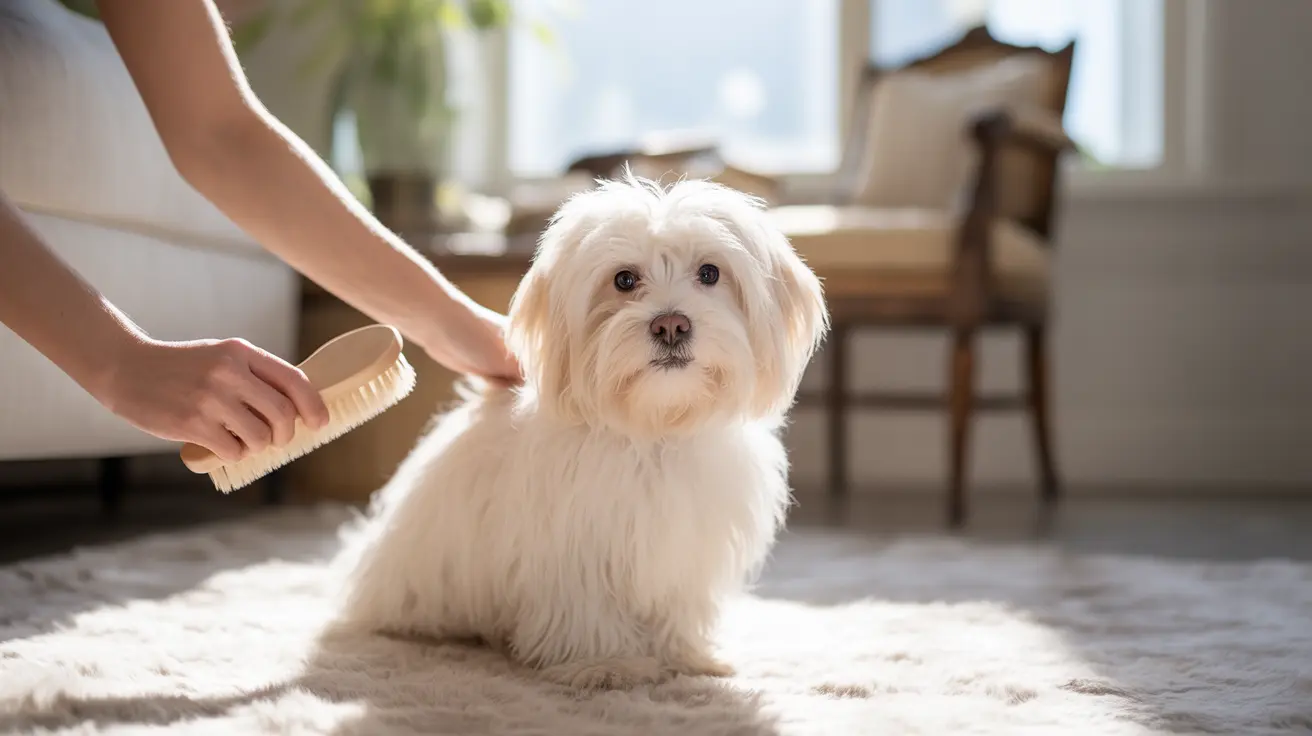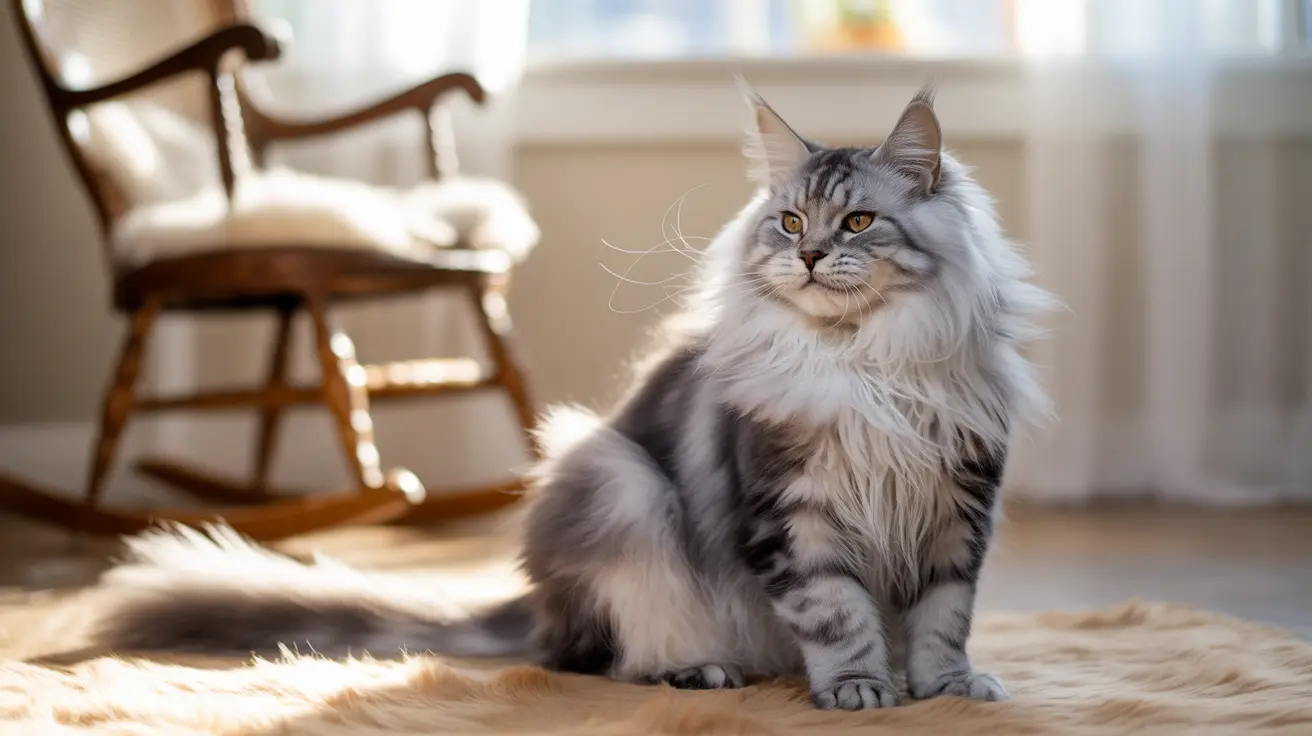Introduction
The Maltese dog breed stands as one of the most cherished and elegant companion breeds in the world of canines. These enchanting little dogs, known for their flowing white coats and heartwarming personalities, have captivated dog lovers for centuries. From their noble origins to their modern-day status as beloved family pets, Maltese dogs continue to prove why they're considered among the best companion breeds available.
What makes the Maltese truly special is their remarkable ability to adapt to various living situations while maintaining their characteristic charm and affection. Their hypoallergenic nature, combined with their small size and intelligent disposition, makes them particularly attractive to urban dwellers and families alike. Whether you're considering adding a Maltese to your family or simply want to learn more about this fascinating breed, this comprehensive guide will walk you through everything you need to know.
The Rich History of the Maltese Breed
The history of Maltese dogs traces back to ancient times, with their origins deeply rooted in the Mediterranean island of Malta. These sophisticated companions were highly prized by ancient civilizations, particularly the Romans, who regarded them as symbols of status and refinement. Throughout the centuries, Maltese dogs graced the laps of European nobility, earning their reputation as aristocratic companions.
Their journey to modern recognition culminated in 1888 when the American Kennel Club officially acknowledged the breed, establishing their presence in the Western world as both show dogs and cherished pets.
Physical Characteristics and Appearance
The Maltese's most striking feature is undoubtedly their luxurious dog coat—a stunning white, silky mantle that can grow to floor length. These toy breed dogs typically weigh between 4-6 pounds and stand 7-9 inches at the shoulder, making them perfect for apartment living and suitable for owners seeking a manageable size.
Distinctive Features
- Pure white, silky coat
- Dark, expressive eyes
- Compact, well-proportioned body
- Black button nose
- Graceful movement
These features not only contribute to their elegant appearance but also set them apart in both show rings and as family pets. The combination of their small size and striking features makes the Maltese a breed admired worldwide.
The Beloved Maltese Temperament
Understanding Maltese behavior is crucial for potential owners. These dogs are known for their affectionate and loving nature, quickly forming strong, lasting bonds with their families. Despite their tiny stature, Maltese possess a fearless personality and are always alert to their surroundings. They are intelligent, which makes them quick learners and eager to please. Additionally, their keen sense of awareness makes them excellent watchdogs, ready to alert their owners to unfamiliar sounds or visitors.
- Affectionate and loving nature
- Intelligent and alert disposition
- Fearless personality despite small size
- Strong bonds with family members
- Excellent watchdog capabilities
Essential Grooming Requirements
Maltese hair care demands consistent attention to maintain its signature appearance. Their beautiful white coat requires daily brushing to prevent matting and tangling. Regular professional grooming keeps their coat in optimal condition and helps the dog look and feel its best. Because Maltese have hair rather than fur, grooming extends beyond the coat—facial cleaning is essential to avoid staining, and dental hygiene must not be neglected to prevent oral health problems. Setting a grooming routine not only maintains their beauty but strengthens your bond with your dog.
- Daily gentle brushing
- Regular bathing with appropriate dog shampoo
- Special attention to facial cleaning
- Professional grooming every 4-6 weeks
- Regular dental care maintenance
Health Considerations and Care
While caring for a Maltese involves attention to several potential health issues, these dogs generally enjoy long, healthy lives with a typical lifespan of 12-15 years when well-cared for. However, owners should watch for some breed-specific health concerns. Prompt veterinary care and routine checkups are essential. Common health issues include dental problems, which are prevalent due to their small mouths; luxating patella, a condition affecting the kneecap; tear staining, which can impact their facial appearance; heart conditions; and liver shunts. Providing balanced nutrition, maintaining a healthy weight, and regular preventive care can help mitigate these risks.
- Dental problems
- Luxating patella
- Tear staining
- Heart conditions
- Liver shunts
Training and Exercise
Training a Maltese requires patience and consistency, but their intelligent and eager-to-please temperament makes them highly trainable. Positive reinforcement methods—such as praise, treats, and play—are particularly effective with this breed. Maltese have moderate exercise needs, ensuring they fit well into a variety of lifestyles, from busy urban dwellers to families with children. Making training sessions fun and engaging helps keep their attention and build good habits.
Exercise Requirements
- Short daily walks
- Indoor play sessions
- Mental stimulation activities
- Social interaction
Even though Maltese do not require intensive exercise, providing opportunities for movement and interactive games is vital for their physical health and mental sharpness. Social outings and training classes can provide both exercise and socialization opportunities.
Socializing Your Maltese
Socializing Maltese dogs from an early age is crucial for developing well-rounded pets. Early interactions with a variety of people, children, and other animals help minimize anxiety and fearful behaviors later in life. Maltese typically excel with children and other pets when properly introduced, making them excellent family companions. Exposing your dog to different environments, noises, and situations will increase their confidence and adaptability.
Frequently Asked Questions
- What is the Maltese dog breed known for? The Maltese is famous for its affectionate nature and beautiful, long white coat, making them stand out as a wonderful companion and show dog.
- Are Maltese dogs hypoallergenic? Yes, Maltese are considered hypoallergenic due to minimal shedding, making them suitable for allergy sufferers.
- How often should a Maltese be groomed? Daily brushing and regular professional grooming every 4-6 weeks are recommended to keep their coat healthy and tangle-free.
- What health issues are common in Maltese dogs? Dental problems, luxating patella, and tear staining are among the most frequent health concerns in the breed.
- How much exercise does a Maltese need? Short daily walks and regular indoor playtime provide sufficient physical activity for this small breed.
- Are Maltese dogs good with children and other pets? They are generally friendly and gentle with kids and other animals, especially when socialized from a young age.
- What is the average lifespan of a Maltese? Maltese dogs typically live between 12 and 15 years, offering many years of companionship when cared for properly.
- How easy is it to train a Maltese? They are intelligent and eager to please, making training effective when positive reinforcement techniques are used.
- Do Maltese dogs bark a lot? Maltese can be vocal and may bark at strangers or unfamiliar sounds, which makes them good alert dogs but may require training to manage excessive barking.
- What type of diet is best for a Maltese? A balanced, high-quality dog food formulated for small breeds is ideal to maintain their health and energy.
Conclusion
The Maltese dog breed represents the perfect combination of elegance, affection, and adaptability. Their manageable size, loving nature, and minimal shedding make them ideal companions for various households. With proper care, training, and attention, a Maltese can bring joy, love, and companionship to your home for many years to come.






